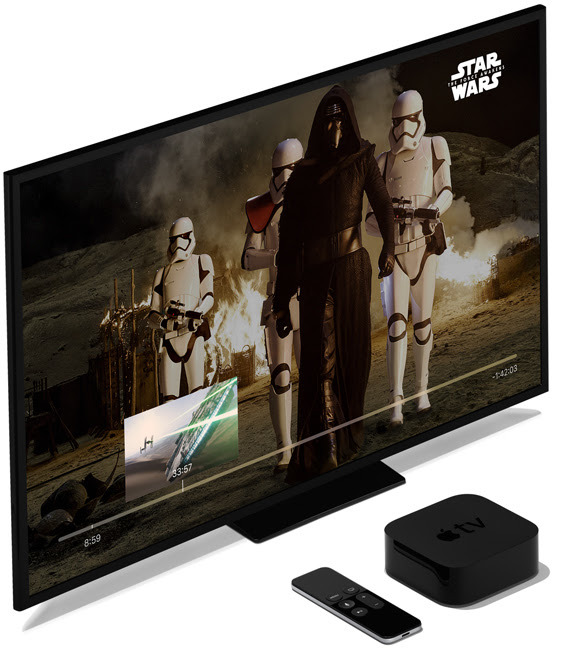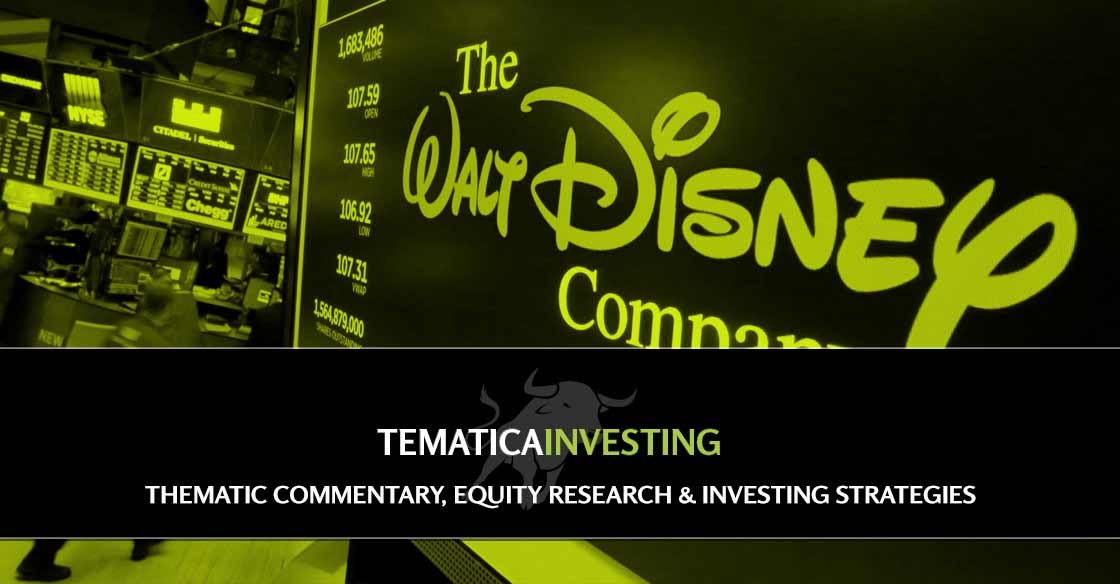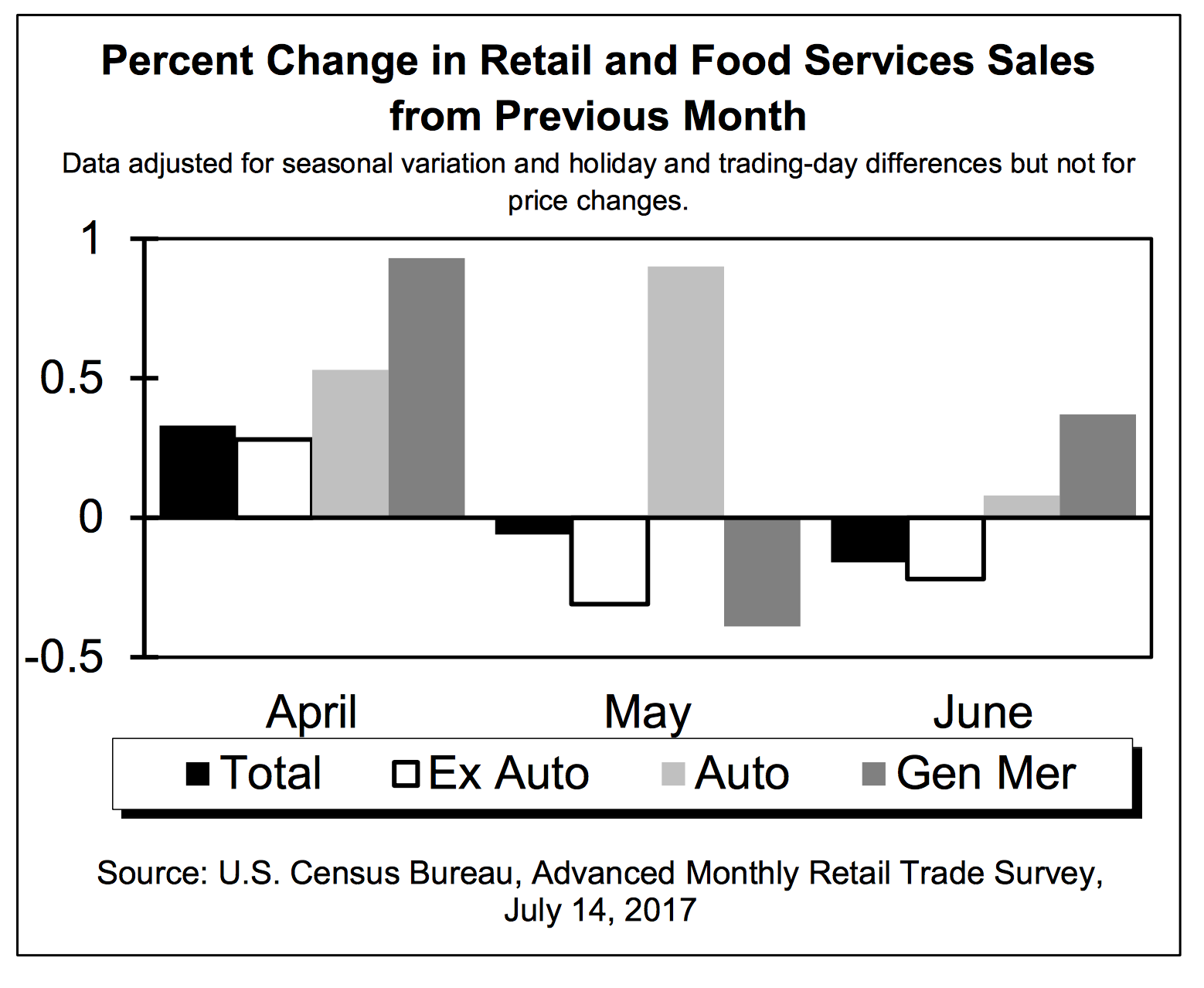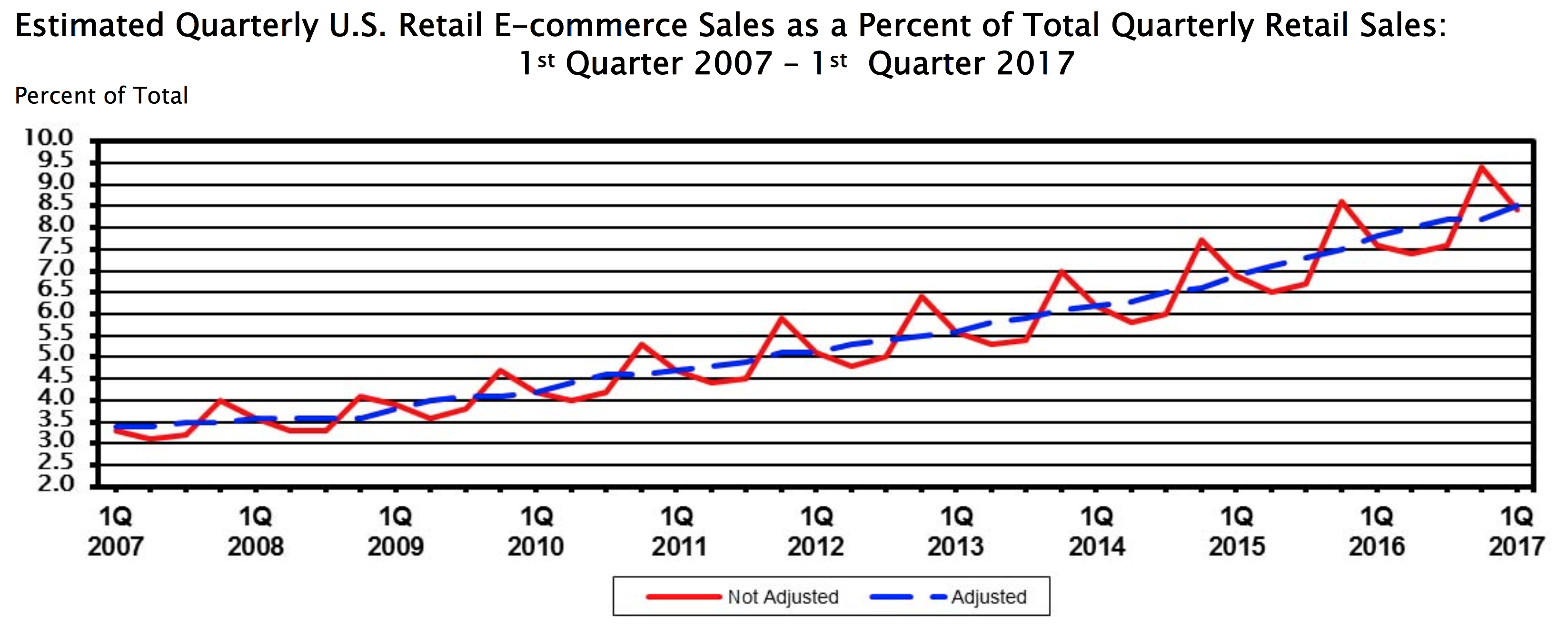In this Week’s Issue:
-
Updates on Tematica Select List Holdings
-
A Company in Transition Can Be an Opportunity When the Time is Right
We have one last major earnings hurrah in the short-term and that will hit on Thursday. From there, the pace of earnings should begin to slow, but like any lengthy meal, it means digestion will ensue. This time around the digestion phase will be the usual matching up of company reports and cross-referencing guidance, but with an eye to how realistic earnings expectations are for the back half of 2017.
In addition to doing our own work on this, as you read this Tematica’s Chief Investment Strategist is winging his way to Singapore to give a presentation on thematic investing. While the trip to and fro will be a lengthy one, including a long layover in Japan, we strongly suspect he’ll have a number of data points and insight to share in the next issue of Tematica Investing that will be published on Aug. 16. That’s right, while others may take off the last two weeks of August, we’ll be coming at you as we close the second month of 3Q 2017 and get ready for September.
Historically September has been one of the worst performing months for the market, and given our concerns about earnings expectations vs. the market’s valuation, the pending normalization of the Fed’s balance sheet and speed of the economy not to mention continued drama in DC and North Korea, we want to dress the investing table properly ahead of entering the last month of the quarter.
Updates on Tematica Select List Holdings
As we mentioned in this week’s Monday Morning Kickoff, we had a sea of more than 600 companies report their latest quarterly performance. Here are some quick highlights and corresponding actions for those Tematica Select List members that reported last week.
Following Facebook’s (FB) better-than-expected June quarter, in which advertising revenue rose 47 percent year-on-year and mobile revenue jumped 53 percent and the company trimmed back its operating expense guidance, we are boosting our price target on the shares to $200 from $165. At the current share price, we now see just over 15 percent upside to our new price target. Clearly, that is tempting. However, we’d look for the shares to settle following its earnings report and bullish commentary before revisiting the current rating on the shares.
- We’ve increased our price target to $200 from $165 for Facebook (FB) shares, which offers 18 percent upside from current levels.
- As we re-issue our Buy rating on FB shares, we would suggest subscribers let the currently over bought shares cool off following last week’s post earnings report climb. We see a compelling line closer to $160.
Also during the week, Amazon (AMZN) reported results that missed expectations, which we attribute to our warning over ramping expenses. Given its outlook, however, the shares finished the week down modestly. We acknowledge that quarter-to-quarter expenses can be tricky when it comes to Amazon, but there is no denying the winds that are at its back. As we enter the Back to School and soon to be upon us holiday shopping period we continue to see Amazon taking consumer wallet share. The fact that it continues to expand its offering while growing its very profitable Amazon Web Services is not lost on us.
- Our price target on Amazon (AMZN) shares remains $1,150, which keeps the shares a Buy at current levels.
- As we have said previously, AMZN shares are ones to own, not trade.
Buried inside the earnings report from MGM Resorts (MGM) last week was improved margin guidance, along with a strong event calendar, which in our view offsets the current disruption at its Monte Carlo facility. As a reminder, that facility is being rebranded to Park MGM. On the back of that call, Telsey Advisory Group not only reiterated its Outperform rating, but boosted its price target to $39. We’ll look to see if the near-term event calendar featuring the upcoming McGregor vs. Mayweather fight on Aug. 26 lives up to expectations, before adjusting our $37 price target for this Guilty Pleasure company.
When we added shares of AXT (AXTI) to the Tematica Select List, we knew the business would benefit from our increasingly Connected Society as well as new technologies that are part of our Disruptive Technology investing theme. Today we are boosting our price target to $11 from $9 on shares of this compound semiconductor substrate manufacturer following an upbeat 2Q 2107 earnings report. While the company’s EPS for the quarter was in-line with expectations, quarterly revenue was ahead of expectations and management confirmed the upbeat outlook by core customer Skyworks Solutions (SWKS) as it signaled continued volume gains are to be had in the coming quarters. We continue to see increasing demand for its substrates fueled by wireless and light emitting diode applications as well as the adoption of next generation technologies in data centers and other telecommunication applications. As volume improves, so to should margins and EPS generation as well.
- We are boosting our price target on AXT Inc. (AXTI) shares to $11 from $9, which keeps a Buy rating intact.
Finally, while Applied Materials (AMAT) shares closed down 8 percent over the last several days, competitor Lam Research (LRCX) offered an upbeat view of semiconductor capital equipment demand on its 2Q 2017 earnings report. On the corresponding earnings call, Lam management shared several confirming data points behind our Applied thesis, including “Demand trends are robust, particularly in memory both in enterprise and consumer end markets. Applications such as machine learning and artificial intelligence are foundational to the next generation of technology innovation, and they are driving strong memory content growth for DRAM and NAND that offer attractive economics for our customers.”
One of the key differences between Applied and Lam is Applied’s position in display technology equipment that is benefitting from the ramp in organic light emitting diodes displays. Lam does not participate in that market and as good as its outlook is for semiconductor capital equipment, which bodes well for Applied, recent news that LG Display would invest several billion dollars to help Apple (AAPL) secure organic light emitting diode display capacity only benefits Applied.
- We continue to be bullish on both Applied Materials (AMAT) as well as Universal Display (OLED) shares and our respective price targets remain $55 and $125.
A Company in Transition Can Be an Opportunity When the Time is Right
Often times companies that are in transition are ones that are put on the shelf that investors tend not to revisit. While that can be a good thing, there are times when it may not be and that’s the question today. Is Nokia (NOK), the former mobile phone market share leader that bungled the smartphone revolution worth taking another look at? Kind of like a bad relationship, most investors tend to walk away from a stock like a bad breakup, never looking back. But in this case, we think NOK, which was once a darling of our Connected Society investing theme a decade plus ago is showing signs it might be deserving of another chance as it morphs into Asset-lite company.
Let’s remember, Nokia shrewdly sold off its mobile phone business to Microsoft (MSFT) a few years ago fetching $7.2 billion in return. Soon thereafter Nokia sold its Here mapping and locations services business to an automotive industry consortium consisting of Audi, BMW Group and Daimler for $3.1 billion. So yes, the Nokia of today is very different than it was just a decade ago.
What’s left, is a company comprised of two businesses – Nokia Networks and Nokia Technologies. The Networks business is one that includes its mobile networks equipment — the hardware the carries all that cellular data — that is used by carriers across the globe, which are filling in some phase of expanding existing 3G or 4G LTE network coverage, building new 4G LTE networks (like in India) or prepping to test 5G networks. The Networks are a lumpy business as equipment demand peaks as a new technology is ramped and then fades as only incremental spending remains. We’ve seen this with 2G, 3G, and 4G networks, and odds are we will see this again with 5G. The Networks business also includes its services business as well as its IP/Optical Networks business, but the key mobile networks business accounts for
The issue will be one of timing – when does the ramp really begin? – and the competitive landscape, given the emergence of Chinese players like Huawei.
The simplest way to view Nokia Networks is it is one of the equipment vendors that Dycom Industries (DY) would use as it builds out a 4G, 5G or wirelines network for AT&T (T), Verizon (VZ) or Comcast (CMCSA). Its competitors include Ericsson (ERIC) as well as Alcatel Lucent (ALU), but also several Chinese vendors including Huawei and ZTE as well as Samsung.
While many may focus on that lumpy and competitive business, to us here at Tematica the far more interesting business is the company’s licensing arm called Nokia Technologies, a division that taps into our Asset-Lite investment theme that focuses on businesses that leverage intellectual property, patent portfolios and both licensing in and out models, outsourcing and similar business models. It’s an attractive investment theme because it requires little capital to operate, but often generates significant profits. Case in point, Nokia’s Technology division accounts for roughly 7 percent of overall revenue, but it generates more than one-third of the company’s overall operating profit.
Nokia Technology’s assets include the company’s vast mobile IP library, as well as developments in digital health and digital media. Given Nokia’s storied history in the phone market, many smartphone makers license the company’s patents for everything from display technology to antenna design. These licenses tend to span several years, and are extremely profitable. Moreover, Nokia is not resting on its laurels and licensing aging IP – during the first half of 2017, it spent EUR 1.9 billion ($2.2 billion) as it develops digital media, immersive virtual reality, and digital health technologies as well as builds out its mobile and wireline IP portfolio.
We’d note that Apple (AAPL) recently plunked down $2 billion to re-up its licensing agreement with Nokia, after engaging in a patent dispute when the last agreement lapsed. During 2Q 2017 Nokia also ironed out a licensing deal with Chinese smartphone vendor Xiaomi, and has its sight on not only other Chinese vendors, but also expanding its reach as connectivity moves beyond the smartphone and tablet to the home, car and Internet of Things. We see the expanded nature of Nokia’s latest licensing agreement with Apple as a potential harbinger of things to come. On the recent 2Q 2017 earnings call Nokia managements shared that, “instead of a simple patent licensing agreement, we have agreed on a more extensive business collaboration with Apple, providing potential for a meaningful uplift in our IP Routing, Optical Networks and Digital Health business units over time.” In our view, this makes Nokia a looming Disruptive Technology company mixed with a hefty dose of Connected Society.
Now here’s where things get interesting – while Nokia Technologies represented just 7 percent of overall sales in 2Q 2017, it was responsible for more than 60 percent of Nokia’s overall operating profit. Viewed from a different angle, its operating margins are more than 60 percent vs. just 8 percent or so for the Networks business. As one might suspect, the company is targeting a restructuring program to improve profitability at its Networks business, but from our perspective, the real story and the thematic tailwinds that make it attractive are the earnings leverage is tied to the Nokia Technologies business. Should Nokia begin to ink either more licensing deals with Chinese and other smartphone vendors or ones that allow it to expands its IP scope, we could see a meaningful lift in 2018 expectations. Current consensus expectations sit at EPS of 0.35 on revenue of $26.7 billion. That means NOK shares are trading at 18.3x that 2018 forecast, but the question in our mind is after two years with no EPS growth can Nokia grow actually grow its EPS by 35 percent in 2018.
As we’ve learned in the past with InterDigital (IDCC) and Qualcomm (QCOM)sometimes these licensing wins can be lumpy, taking far more time than one might expect. From time to time, it may include legal action as well, which can lead to a rise in legal fees in the short term. Given the company’s net cash position of roughly EUR 4.0 billion ($4.7 billion), we’re not too concerned about its ability to protect itself while continuing to invest in R&D or pay an annual special dividend each year.
As we look for greater near-term clarity at Nokia Technologies and as management looks to restructure Nokia Networks as well as the current valuation, rather than jump on Nokia shares trading at $6.58 at the open this morning as we head into the dog days of summer, we’re placing them onto the Tematica Contender List and we’ll watch for future IP licensing progress or for the shares at about 15% less, at the $5.50 level.
One other item… In an interesting development, a few years ago Microsoft has sold the Nokia brand in two parts to HMD and Foxconn. HMD is a company comprised of former Nokia employees in Finland and through Nokia Technologies it has licensed the sole use of the Nokia brand on mobile phones and tablets worldwide for the next decade, as well as key cellular patents. Meanwhile, Foxconn acquired the manufacturing, distribution and sales arms of Microsoft-Nokia and has also agreed to build the new Nokia phone for HMD. To us, this could be a wild card to watch, but the question will be whether or not they make the move from feature phone to smartphone and have any success? Only time will tell.













